1920's Dances: A New Expression
You can probably close your eyes and envision the great dance parties described and penned by F. Scott Fitzgerald: the beaded and fringed dresses, the dancing, the drama.
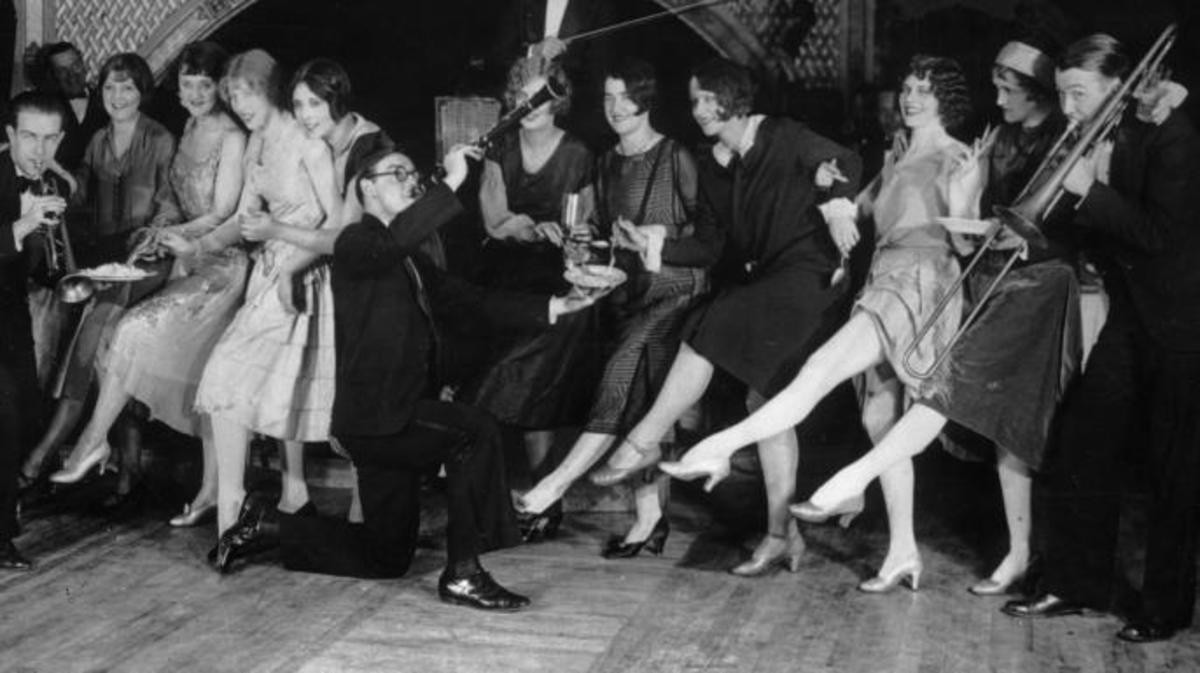
The History of 1920's Dance
Gone was the Victorian waltzes and slow-paced promenades. The Charleston, the Foxtrot, and the Tango brought the early 1920’s dance floors to life.
There were new rules (and sometimes no rules) to dance – for the Charleston, it was all in the time signature, an upbeat 4/4, the enabler for a strong beat.
Whether solo, duo, or in a group, the dance featured kicking and swinging of the legs and a fast-pacing flapping of the arms in opposite directions.
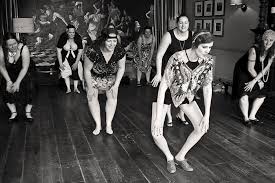
It swept through a nation tired of the status quo and bent on bringing something new and provocative to their generation.
Whether rebelling against the war, their parents, or the mechanization of a new, modern era, one thing remains certain: with the 1920’s, dance evolved away from the sentiments of the Edwardian age of civility and traditional customs.
The results of the clash of old and new wasn’t always civil.
Many amateur dancers would try to adapt these craze dances that they had seen performed by greats like Josephine Baker into solo endeavors on ballroom dance floors, leading to social disasters- crashes and collisions on the dance floor due to “ridiculous antics” of an impressionable youth.
So You Think You Can Dance...The Charleston
According to most reports, the Charleston craze didn’t take a firm hold until it appeared in the Broadway show entitled “Running Wild”- the featured song “The Charleston” written by James P. Johnson was an instant hit.
The youth of America and abroad embraced the “exuberant” – at its height of popularity it was described with words such as “wild,” “rebellious,” and “theatrical.”
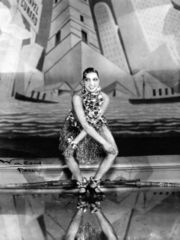 Baker was known for her signature dance, the Charleston Baker was known for her signature dance, the Charleston |
In some places, the dance was even banned. It was thought that the hedonistic behavior of those full entranced by these dance movements of the Jazz Age were physically responding to the loss of loved ones. The freedom and unhinged moves of The Charleston allowed the youth of the country to expel the grief experienced throughout WWI. |
The Hot Fox-Trot
Often described as “smooth” and “graceful”- fast or slow, the Foxtrot could best be characterized as the chameleon of dance forms, adapting to the Hot or Sweet Jazz of the time.
A great example of the effervescent “Fox-Trot” is the black and white film of Miss Flora Le Breton and Mr. Cecil Reuben, winners of the World Amateur Dancing Competition of the 1920’s.
In one of the captions in the brief film, in a sans serif scripted font these digging words appear:
“Some of the Fox-Trots one comes across make a ‘Camel Walk,’ but for grace and correctness of style this dance glides alone—“.
Though there were many varied styles of the dance, one continual, fixed attribute of the style revolved around long, gliding movements.
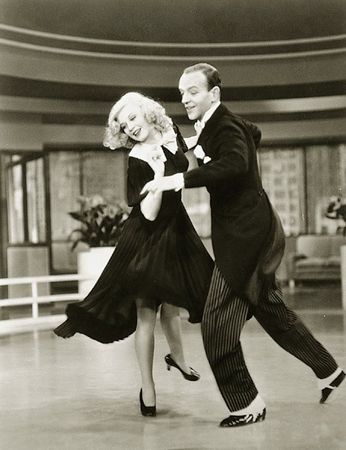 The aforementioned couple who popularized the Fox-trot
The aforementioned couple who popularized the Fox-trotThough popularized in history by the famous duo, Fred Astaire and Ginger Rogers, the original style and birth of the Foxtrot was actually believed to have been borrowed from early African American nightclubs and tribal beats which were then integrated with modern (of the time) pop music and brought to fame in the early 1920’s and 30’s.
1920's Dances: The Tango
From Uruguay and Argentina and the streets of Buenos Aires, came another fashionable dance of the 1920’s, The Tango.
The Tango arrived in Europe with what many believed to be an overtly sensual and over-the-top set of moves, but for those that were swept up in the craze, it was a skillful, “walking embrace” that could be performed purely for the sake and love of the dance form.
According to Ricardio Garcia Playa, author of “Reflection about the origins of Tango,” “between 1910 and 1920, the tango was featured on 2,500 of the 5,500 records released.
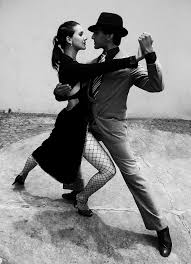 We can all imagine why this dance was popular with the youth in the 1920's
We can all imagine why this dance was popular with the youth in the 1920'sIn Nina George’s Little Paris Bookshop, there is a section where the narrator revisits a tango club that he had visited twenty years ago with a long-lost love.
The descriptions of the novel described tango in the way many of these dancers of the 1920’s must have felt it to be, an expression unlike any other.
As George put it:
“Tango is a truth drug. It lays bare your problems and your complexes, but also the strengths you hide from others so as not to vex them. It shows what a couple can be for each other, how they can listen to each other. People who only want to listen to themselves will hate tango.”
As with all the dances that reached the height of popularity in the 1920’s, one consistency among them was the fervor in which they were each performed.
The passion that was at times stifled by the war and a repressed society was at last allowed to flow out, one dance step at a time.
